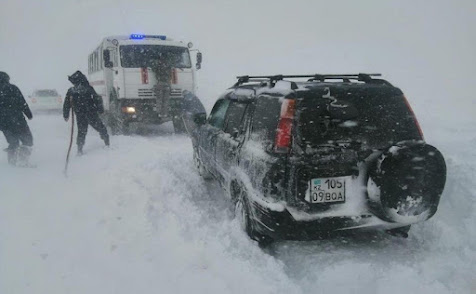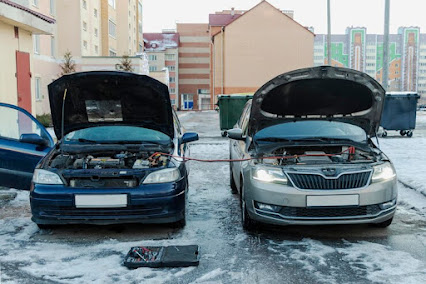Road Hazards to Lookout While Driving in Winters?
Driving occasionally in snowy conditions is annoying. While traveling through the winter weather, you could also come across snowy highways. Driving on such roads can result in risky circumstances that may cause accidents and fatalities. Vehicles drive off-road on slippery roads because there is less friction between the tires of the vehicles and the surface of the road. In some situations, the car frequently ends up stuck in the snow or a ditch. The safest approach is to maintain your car properly, have necessary winter equipment, and contact a reputable towing company Calgary. Here are a few typical road hazards to lookout while driving in winters:

1. Poor Sight
As the days become shorter and darker, vision is increasingly worse, even while driving. Driving more slowly and keeping a safe distance from other vehicles may be essential in preventing damage. Leaving space between your car and the ones in front of it gives you more time to respond and prevent an accident. Snow drifts and car exhaust can significantly reduce your visibility. Keep an emergency car kit and a container of windscreen wiper fluid in your trunk. Fill up your windscreen wiper fluid after you fill up your gas tank. Use an anti-freezing system that won't cause your windscreen rims to freeze.
2. Your Vehicle is Covered in Snow and Ice
Clear the windows, mirrors, and lights of all snow and ice before you drive your car. This task might be time-consuming and unpleasant, but it is crucial for your safety. Once the snow and ice are removed from your windscreen and it can be seen that they are not frozen to the glass, turn on your windscreen wipers. The wipers on your windscreen are not little snow plows. You risk damaging your wiper blades or changing the tension, rendering them useless, if you use them to throw off snow.
3. Black Ice
If the road appears to be moist yet the outside temperature is below freezing, you are driving on black ice. Four-wheel-drive vehicles with excellent tires frequently end themselves in the ditch because of this thin layer of extremely slick ice. No matter how well-equipped your car is, black ice can cause you to have an unfortunate accident. Keep a safe space between you and other vehicles to try to prevent unexpected braking and to avoid the other cars' exhaust spray, which reduces your visibility. Slowing down is the simplest way to drive safely on ice-protected roadways. Turn on your hazard lights so that vehicles approaching you can see that you are changing gently.
4. Loss of Traction
If your tires are in good condition, the probability that you may lose traction is substantially lower. Before the winter weather arrives, replace worn or bald tires. Even with the correct tires, traction loss and momentary brake failure are still possible. Avoid over-braking and fast acceleration. You may also slide or skid if you drive too quickly for the conditions. Do not apply the brakes forcefully if you lose control of your car. In order to see if you can restore control, gently apply the brake.
5. Other Drivers
Winter weather comes with a lot of risks, many of which are under your control. However, you cannot swap out the actions or reactions of several drivers. Concentrate on avoiding other cars by staying as far away from them physically as possible. This will become increasingly more important when your speed increases.
Although you can't avoid all coincidences, simply slowing down can keep you out of a lot of problems on the road. Consider using a defensive driving lane if you are uncomfortable with your riding skills in public. If by any chance you are stuck on the road or in the snow call for professional roadside assistance to get help and wait patiently.



Comments
Post a Comment